General Motors' Branding Fiasco Part Two – Chevrolet's ADD

During the American car industry’s formative years, entrepreneurs started car companies left and right, jostling for quick profits and market share. Flint Rock native William Durant had a meta vision: agglomerate the best of the new automakers to create an empire called General Motors. This he did, through endless charm and clever financing. But Durant gambled too much too often, and lost control of his brainchild. The Chevrolet brand was born out of wedlock, to fund Billy Durant’s comeback.
Durant convinced Swiss-born race car driver Louis Chevrolet to lend his name and engineering talents to the start-up. Chevy launched its first car in 1912. The success of the “Classic Six” five-passenger sedan– complete with a windshield, electric lights and a folding top– fulfilled Durant’s ambitions; paving the way for a brief return to GM’s helm.
More to the point, Chevy’s branding identity was born: value for money.
In 1915, Chevy underlined the point with the 490, named for its $490 price. The model was a direct challenge to Ford’s Model T. By 1927, Chevrolet’s production numbers crested 1m, sailing by Ford. (For 51 of the next 55 years, the Bowtie outsold the Blue Oval.)
In 1929, Durant successor Alfred Sloan green lighted a new six cylinder model. Chevrolet’s “six for the price of a four” jibed perfectly with the brand’s basic selling proposition, and paid off in spades.
Ford’s 1932 V8 tried to up the ante. Even though the flat-head V8 became a hot-rod legend, Chevy’s smoother, more powerful and efficient six remained the people’s choice.
In ’50, Chevy introduced the Powerglide transmission, welcoming American mass market motorists to the world of the automatic gearbox. In ’54, Chevy customers could enjoy power brakes, windows and seats.
In ’55, Chevy brought V8 power to the people. Although pistonheads tend to focus on the model’s 162hp small-block engine– which unseated the Ford flathead as the hot-rodders weapon of choice– the car’s size, price (around $1700) and performance hit the sweet spot. The ’55 – ’57 Chevys were also [relatively] well constructed and more stylish than comparable Fords and Plymouths.
If only Chevy hadn’t followed its competitor’s footsteps during the ‘58 – ‘60 maximum barge era. But they did, with a vengeance, losing both their reputation for right-priced mechanical innovation and their focus on bottom-rung-of-the-ownership-ladder positioning.
Chevy super-sized their cars, and kept on growing. The ‘58 Impala was specifically designed to give Chevrolets a “big car look.” Though immediately successful, the trend towards full-size Chevys was a big mistake. Literally. It began the process of blurring the brand’s carefully nurtured entry-level identity with that of Pontiac, Buick and Cadillac.
By the early ‘70’s, Chevy’s passenger cars had become leviathans that shared a lot more with their brother brands than just their size and the dubious “GM Mark of Excellence” badge. GM’s relentless badge-engineering– sharing mechanical bits between divisions– removed many key distinctions between brands. With the debut of the pumped-up and plushed-out the ’71 Caprice, the gap between Chevy and Caddy products narrowed to a minuscule 25 percent.
Of course, Chevrolet hadn’t abandoned small cars; it just seemed that way. From an engineering, style and price point-of-view, the ’60 Corvair was about as good as it got. It was an ambitious and influential model in keeping with the brand’s promise of inexpensive innovation. But the final design was flawed, hamstrung by beancounteritis, and then buried by Ralph Nader.
Chevrolet tried again with the ’62 Chevy II. The parts bin special soon morphed into their new mid-market template; it porked-up and changed its name to Nova, leaving the compact market wide open for the imports. The ’71 Vega and ’76 Chevette were another doomed salvo in the brand’s ongoing, miserable and futile attempts to counter the small import tsunami.
Meanwhile, the downsized and evergreen Impala/Caprice (’77 – ’90), Citation and Malibu marked a welcome return to the “classic” Chevrolet mid-sized, bargain-priced formula. Both models were neglected to death.
Chevy stuck with the Cavalier for 24 years. While the Japanese competition refreshed its competing products every four or five years, Chevrolet kept building essentially the same car. Alas, evolutionary– or revolutionary– engineering was no longer the GM way.
The Corvette and Chevy’s trucks were the exception the proved the rule. Unfortunately, the former has nothing to do with Chevy branding and the latter’s success distracted Chevrolet from its declining passenger car fortunes– to the point where a Korean-built compact is now the entry point to a decidedly lackluster, fleet-oriented passenger car lineup.
The Aveo points to Chevy’s future: cheap compacts from Korea, China and India. And not just for us. GM’s small “world cars” now carry the moribund dreams of the bowtie badge’s creators. It’s an ambitious effort that will ensure GM’s global survival. Or not.

More by Paul Niedermeyer
Latest Car Reviews
Read moreLatest Product Reviews
Read moreRecent Comments
- Turbo Is Black Magic My wife had one of these back in 06, did a ton of work to it… supercharger, full exhaust, full suspension.. it was a blast to drive even though it was still hilariously slow. Great for drive in nights, open the hatch fold the seats flat and just relax.Also this thing is a great example of how far we have come in crash safety even since just 2005… go look at these old crash tests now and I cringe at what a modern electric tank would do to this thing.
- MaintenanceCosts Whenever the topic of the xB comes up…Me: "The style is fun. The combination of the box shape and the aggressive detailing is very JDM."Wife: "Those are ghetto."Me: "They're smaller than a Corolla outside and have the space of a RAV4 inside."Wife: "Those are ghetto."Me: "They're kind of fun to drive with a stick."Wife: "Those are ghetto."It's one of a few cars (including its fellow box, the Ford Flex) on which we will just never see eye to eye.
- Oberkanone The alternative is a more expensive SUV. Yes, it will be missed.
- Ajla I did like this one.
- Zerofoo No, I won't miss this Chevrolet Malibu. It's a completely forgettable car. Who in their right mind would choose this over a V8 powered charger at the rental counter? Even the V6 charger is a far better drive.



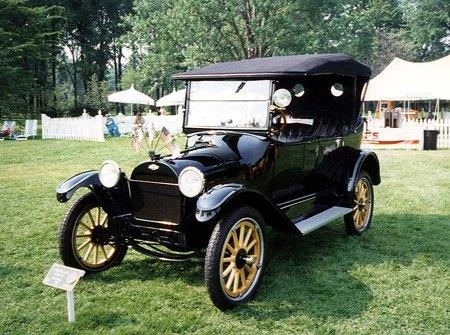













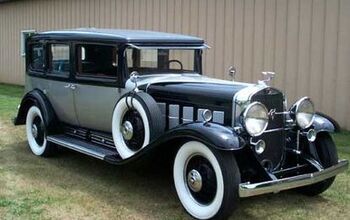
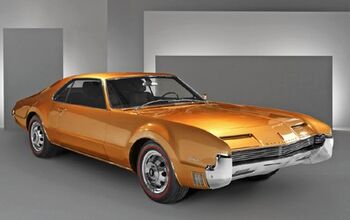
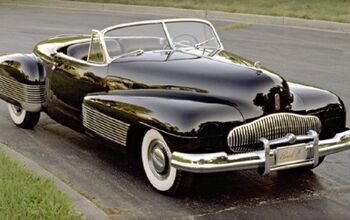
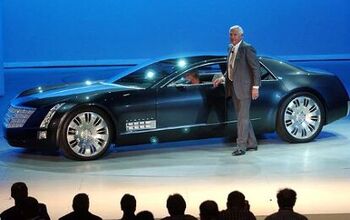
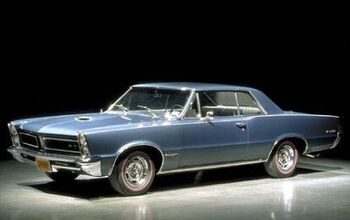
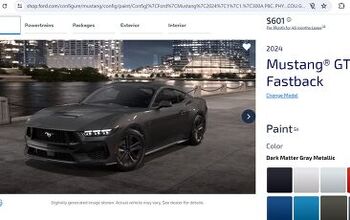
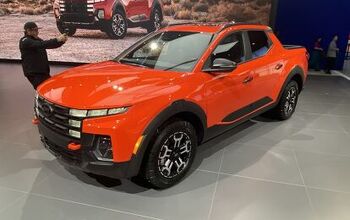

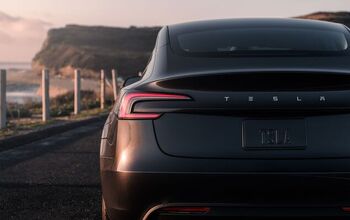
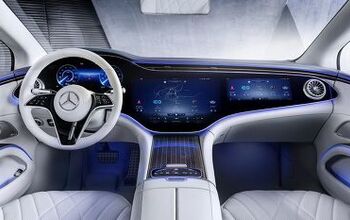

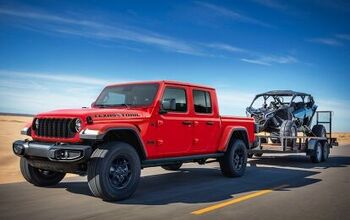
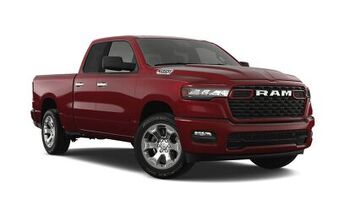

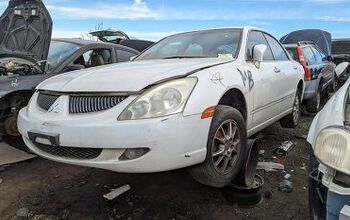
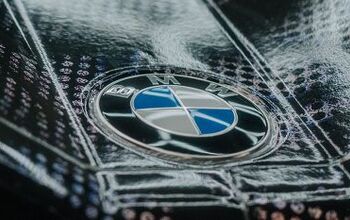

Comments
Join the conversation
[...] cost competitive and produce top quality, reliable, desirable vehicles. Check out this post on The Truth About Cars for a quick review of the Chevy [...]
After the 60's and early 70's the cars fell apart - no innovations anywhere - Windows that would hit your head Cutlas - Film scum would go on the windows - Keys that bang on the column in any turs still like this in their outdated trucks - Springy rides - Windows freeze up - Lousy heat - Sick and tired of seeing rust in the same places for 2 decades. I mean come on. - Fat gus sucking motors. - Chrome (alum paint) on PlasTIC remember that - Seats ripping - How about the rivet bolts in the Bumpers.Remember those???? - GM needed a re-invention starting in 1975 - and yes FORD needs NEW Ford decals I bought one and took that ugly cheap looking badge off.